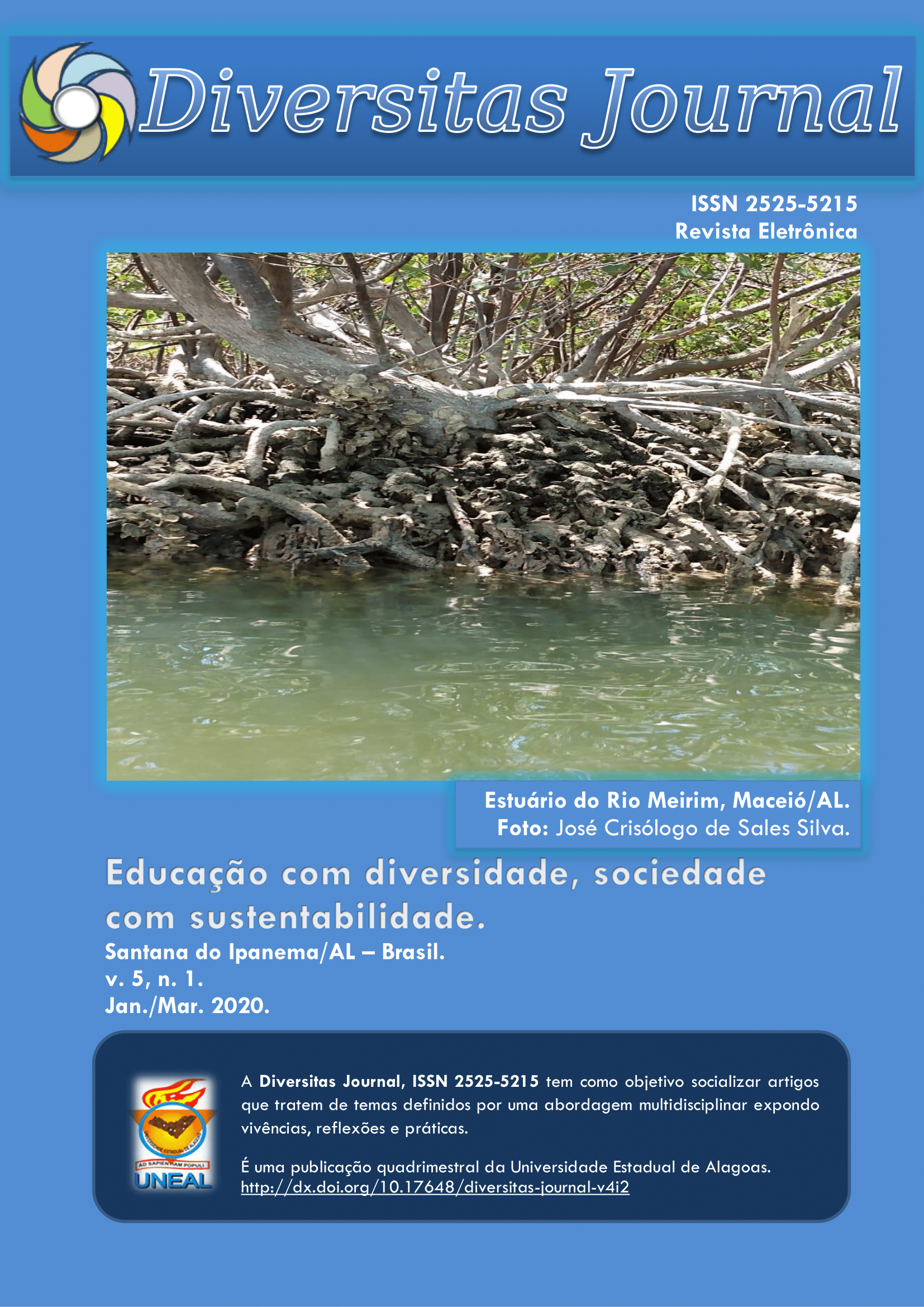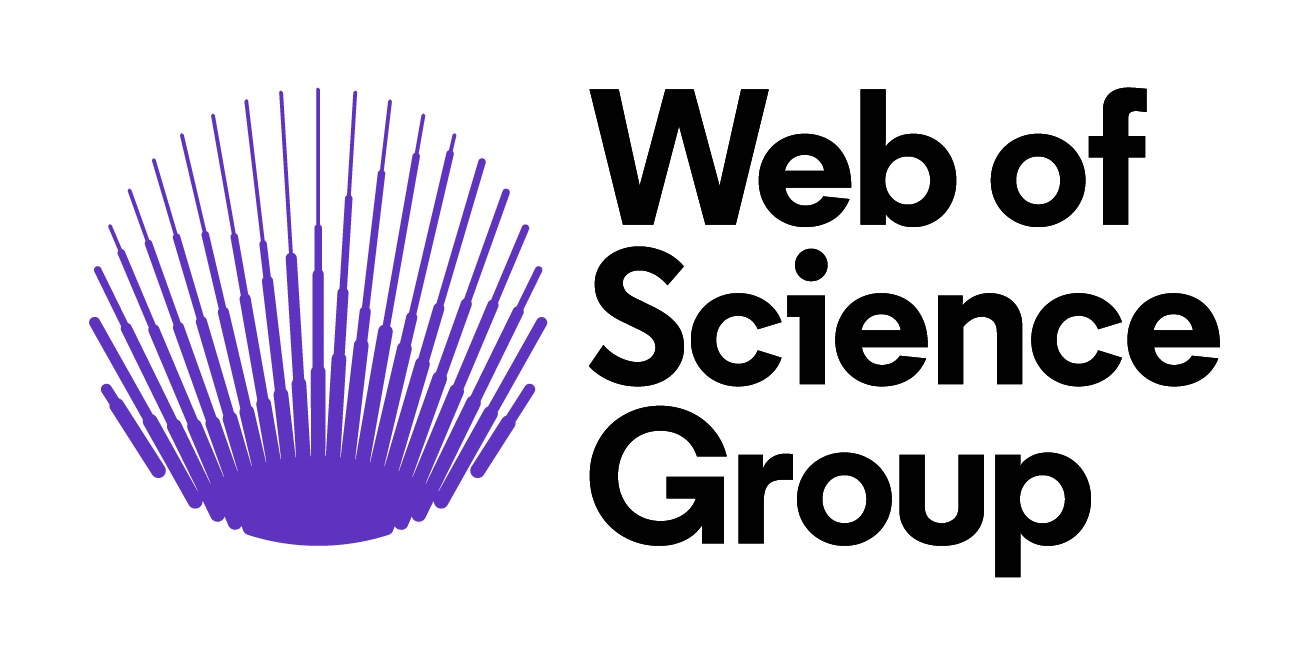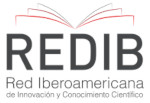Aspectos clínicos da cavidade oral de pacientes com a síndrome congênita do zika: revisão da literatura
DOI:
https://doi.org/10.17648/diversitas-journal-v5i1-932Abstract
ABSTRACT: The Zika virus belongs to the family Flaviviridae, genus Flavivirus and was discovered in 1947 in the rhésus monkeys in the Zika forest in Uganda in Africa. In the 1970s the virus spread and reached Indonesia, India, Pakistan and Malaysia. Its main vector in Brazil is the Aedes aegypti mosquito. Between late 2014 and early 2015, an outbreak of an exanthematic disease clinically different from dengue arose. Confirmation of the presence of Zika virus in Brazil took place in March 2015. Coincidentally in August of the same year, children with neonatal microcephaly began to be born in the states of northeastern Brazil. Given this unknown outbreak of microcephaly, the Ministry of Health has declared a national emergency. Soon after, a causal relationship was established between the Zika virus and the series of congenital changes that was later called Congenital Zika Syndrome. The present study focused on the following guiding question: Are there oral clinical changes in patients with Congenital Zika Syndrome? Aiming to report the clinical aspects of the oral cavity in patients with Congenital Zika Syndrome, through a bibliographic survey. This is a literature review, conducted in publications made from 2014, using the search platforms PubMed, Lilacs, Scielo, VHL and Google Scholar. These results indicate that there may be changes in the oral cavity in children with congenital Zika syndrome. Because it is a newfound syndrome, data regarding oral clinical findings in children with congenital Zika syndrome are few and still need to be further researched.
KEYWORDS: Microcephaly, Zika Virus, Oral Health.
Metrics
Downloads
Published
How to Cite
Issue
Section
License
Copyright (c) 2020 JOAO VICTOR MARINHO, Kristiana Cerqueira Mousinho, Camila Maria Beder Ribeiro Girish Panjwani, Sonia Maria Soares Ferreira, Aleska Dias Vanderlei

This work is licensed under a Creative Commons Attribution 4.0 International License.
The Diversitas Journal expresses that the articles are the sole responsibility of the Authors, who are familiar with Brazilian and international legislation.
Articles are peer-reviewed and care should be taken to warn of the possible incidence of plagiarism. However, plagiarism is an indisputable action by the authors.
The violation of copyright is a crime, provided for in article 184 of the Brazilian Penal Code: “Art. 184 Violating copyright and related rights: Penalty - detention, from 3 (three) months to 1 (one) year, or fine. § 1 If the violation consists of total or partial reproduction, for the purpose of direct or indirect profit, by any means or process, of intellectual work, interpretation, performance or phonogram, without the express authorization of the author, the performer, the producer , as the case may be, or whoever represents them: Penalty - imprisonment, from 2 (two) to 4 (four) years, and a fine. ”















.png)




